ORNL's Communications team works with news media seeking information about the laboratory. Media may use the resources listed below or send questions to news@ornl.gov.
331 - 340 of 1144 Results
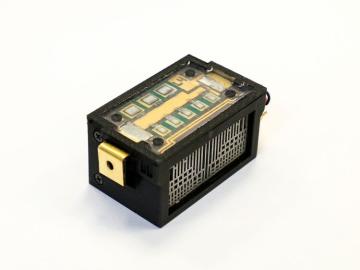

Oak Ridge National Laboratory has developed a salt purification lab to study the viability of using liquid salt that contains lithium fluoride and beryllium fluoride, known as FLiBe, to cool molten salt reactors, or MSRs. Multiple American companies developing advanced reactor technol...
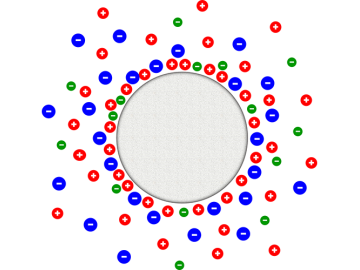
Energy storage could get a boost from new research of tailored liquid salt mixtures, the components of supercapacitors responsible for holding and releasing electrical energy. Oak Ridge National Laboratory’s Naresh Osti and his colleagues used neutrons at the lab’s Spallation Neutron ...
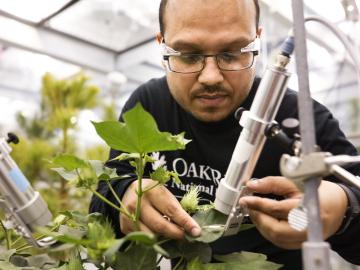
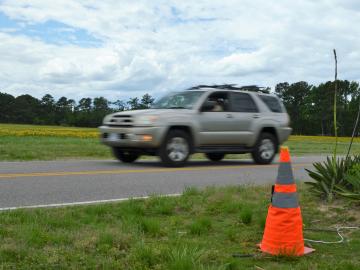
Algorithms designed to parse data gathered by roadside sensors could make it easier to identify vehicles sought in AMBER Alerts and to assist researchers studying traffic patterns. Oak Ridge National Laboratory scientists built a sensor platform to collect detailed images of cars, as w...
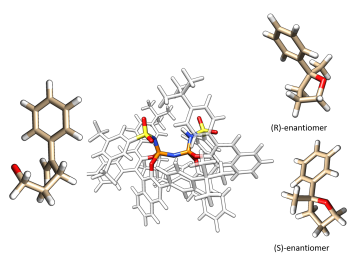
Researchers from the Max Planck Institute, renowned for advances in nonmetallic catalysis, leveraged computational modeling support from Oak Ridge National Laboratory to overcome a major limiting factor in the breakdown of simple organic compounds called olefins. Olefins are among natu...

A shield assembly that protects an instrument measuring ion and electron fluxes for a NASA mission to touch the Sun was tested in extreme experimental environments at Oak Ridge National Laboratory—and passed with flying colors. Components aboard Parker Solar Probe, which will endure th...
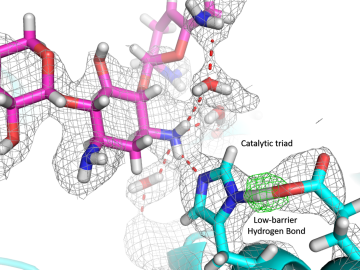
An Oak Ridge National Laboratory-led team has observed how a prolific class of antibiotics may be losing its effectiveness as certain bacteria develop drug resistance by acquiring enzymes known as aminoglycoside modifying enzymes. Aminoglycosides are commonly used in antibiotics to tre...
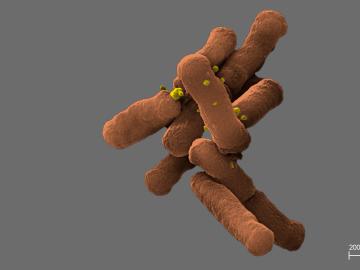
An Oak Ridge National Laboratory-led team cultivated a novel oral microbe, Desulfobulbus oralis, present in adults with periodontitis, an advanced gum disease that affects nearly half of all adults worldwide.
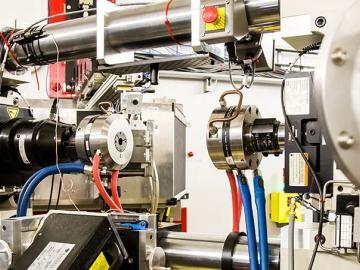
Oak Ridge National Laboratory has partnered with FCA US LLC and casting manufacturer Nemak to develop a new cast aluminum alloy for engine cylinder heads, which could lead to more fuel-efficient internal combustion engines.

